 There is a willow grows aslant a brook,
There is a willow grows aslant a brook,That shows his hoar leaves in the glassy stream;
There with fantastic garlands did she come
Of crow-flowers, nettles, daisies, and long purples
That liberal shepherds give a grosser name,
But our cold maids do dead men's fingers call them:
There, on the pendent boughs her coronet weeds
Clambering to hang, an envious sliver broke;
When down her weedy trophies and herself
Fell in the weeping brook. Her clothes spread wide;
And, mermaid-like, awhile they bore her up:
Which time she chanted snatches of old tunes;
As one incapable of her own distress,
Or like a creature native and indued
Unto that element: but long it could not be
Till that her garments, heavy with their drink,
Pull'd the poor wretch from her melodious lay
To muddy death.
-Queen Gertrude, Hamlet, Act 4, Scene 7
Ophelia, sister and possibly lover of Hamlet in Shakespeare's play of the same name has fascinated readers since her inception. In the Nineteenth Century, she became a major motif in art and literature, particularly of British origin. For many readers, Ophelia represents the absolute crushing of femininity by a male-dominated system. She is never able to have her own identity, but is torn between the desires of her father and her own rejected desire for Hamlet. It is only through her own tragic suicide that she achieves power over her fate.
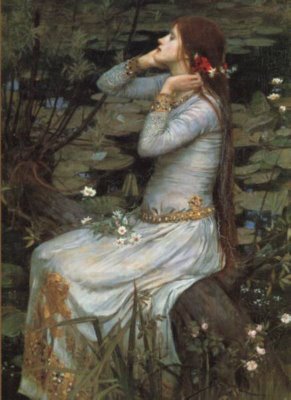 By John William Waterhouse.
By John William Waterhouse.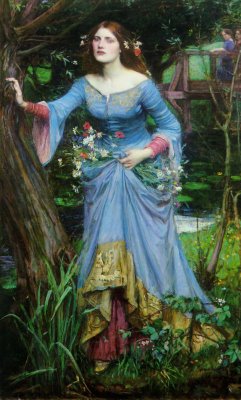 By John William Waterhouse.
By John William Waterhouse.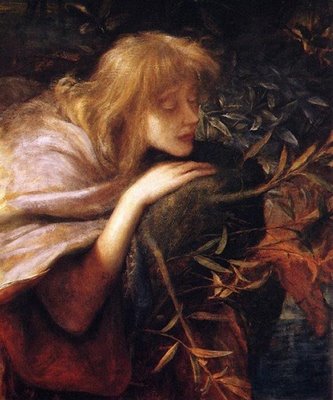 By George Frederick Watts.
By George Frederick Watts. By Antoine Preault.
By Antoine Preault.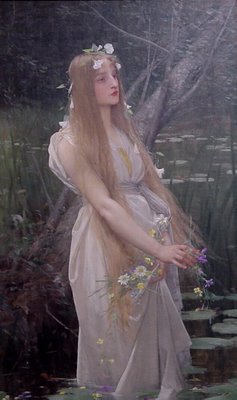 By Jules Joseph Lefebvre.
By Jules Joseph Lefebvre. By Arthur Hughes.
By Arthur Hughes.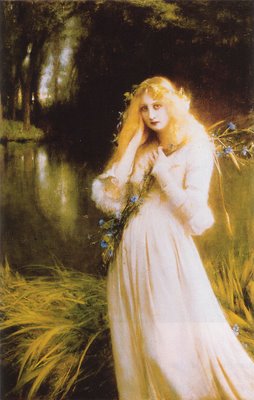 By Pascal-Adolphe-Jean Dagnan-Bouveret.
By Pascal-Adolphe-Jean Dagnan-Bouveret.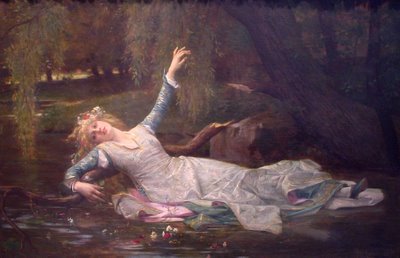 By Alexandre Cabanel.
By Alexandre Cabanel.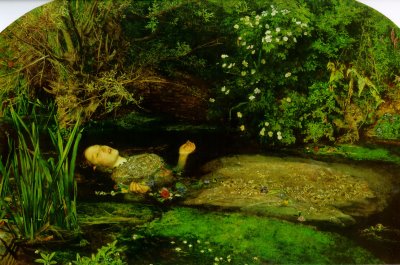 By John Everett Millais.
By John Everett Millais.

1 comment:
Ophelia is Laertes' sister, not Hamlet's.
Post a Comment